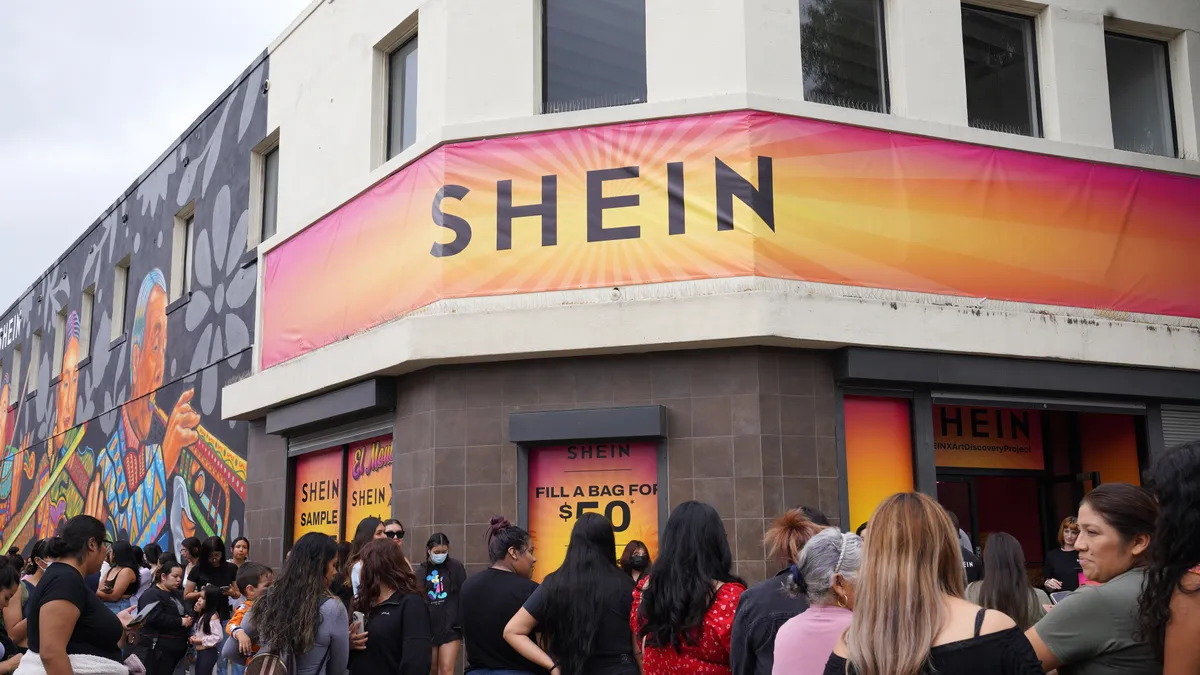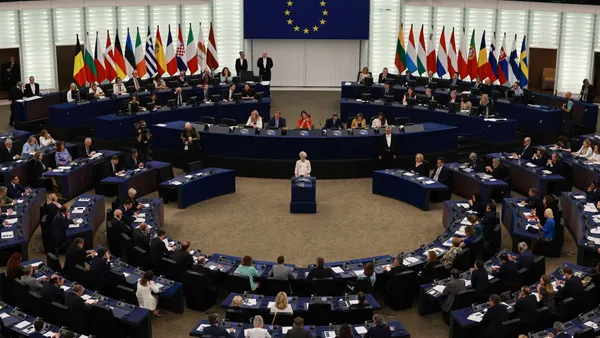Dive Brief:
- DTC fast fashion retailer Shein recently announced it would add $55 million to its Supplier Community Empowerment Program, bringing its total program investment to $70 million over the next five years.
- This new funding builds upon Shein’s previous $15 million investment, announced in 2022. The overall effort is intended to “empower its ecosystem of third-party manufacturing suppliers, and the workers within,” according to the release.
- The investment announcement comes as Shein faces increased pressure from U.S. lawmakers ahead of a possible IPO bid to verify that it’s not using forced Uyghur labor in the Xinjiang region of China.
Dive Insight:
Shein has consistently denied the forced labor allegations, and the company says it has no suppliers in Xinjiang.
In the meantime, its goodwill initiatives have continued. In addition to investing money into upgrading suppliers and upskilling its workforce, Shein has taken other steps to alleviate criticism about its production practices. Earlier this month, Shein announced a partnership with circular economy technology company Queen of Raw. The venture aims to repurpose other brands’ excess inventory into Shein’s supply chain in an effort to save textile waste from ending up in landfills.
In an email, a spokesperson for Shein told Fashion Dive, the company is committed to managing its supply chain responsibly “and uplifting the people in our ecosystem through economic opportunities and community enhancement programs.” The spokesperson added that Shein’s Supplier Community Empowerment Program is one of many initiatives intended to advance supplier partners and their communities “at different stages of their development.”
Founded in 2008, Shein’s business didn’t really take off until 2020, when the Singapore-based company expanded its online presence into the U.S. and Brazil, and the pandemic forced millions of consumers to shop at home from their computers.
Attracted to the brand’s rotating menu of low-priced disposable clothing, Shein’s sales increased 398% between 2019 and 2021, according to Business of Apps. Company sales reached $30 billion in 2022. Valuation of the brand was $5 billion in 2019, grew to $100 billion last year and has since receded to $64 billion in 2023.














